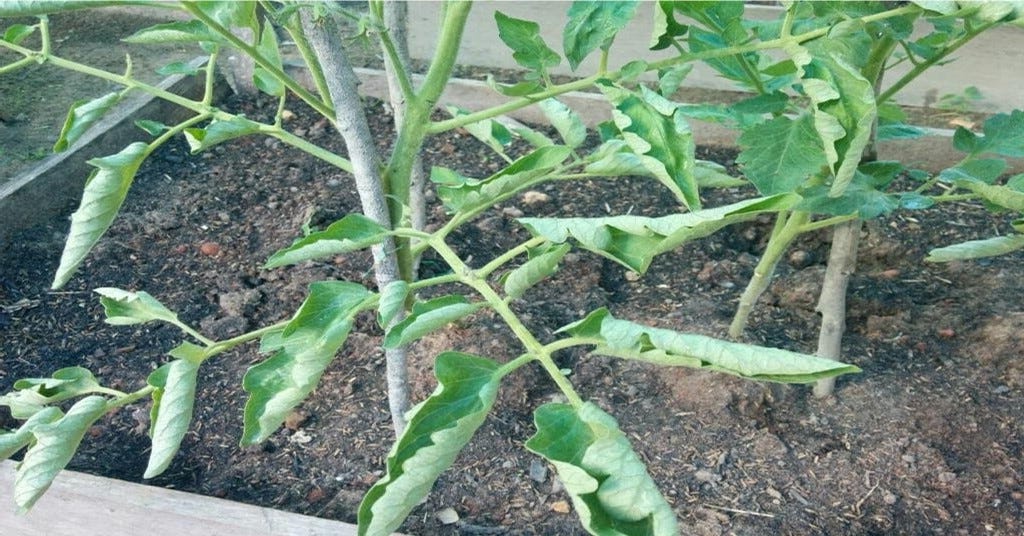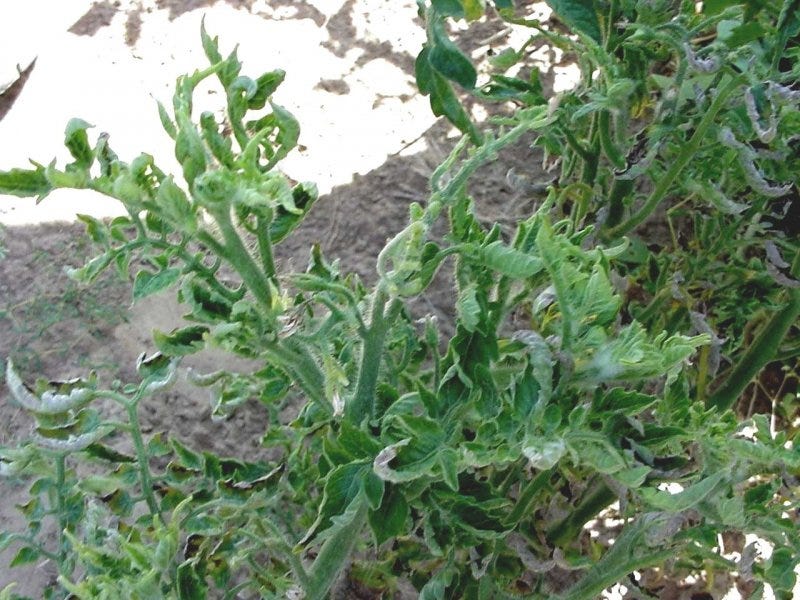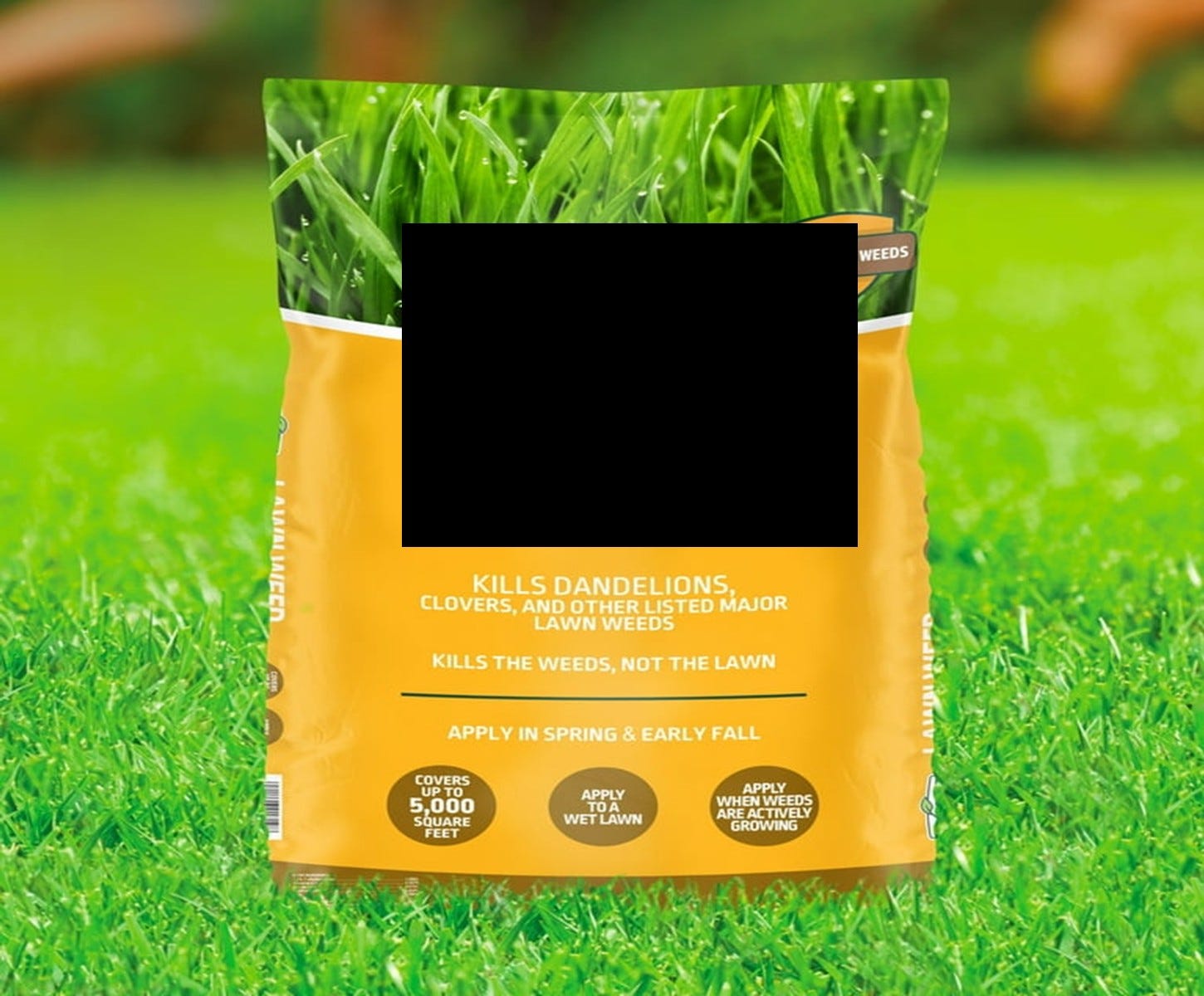Something to be on the lookout for very soon this year. A minor yet very common concern with tomato plants is their odd habit of curling their leaves upward and over onto themselves. Kind of like they want to roll themselves into a very clumsily made cigarette.
Why does this happen? And is it a real worry, if any?
In 95 to 99 times out of 100, it’s a physiological (called “abiotic”) issue caused by environmental stresses. (It’s not a “disease.”) The stresses would include heat (coming on too early in the season), cold (plants put out too early in the season), drought (as in you’re not watering frequently enough), wind (resourceful temporary windbreaks are too easy), severe pruning (stop with all the pinching already), root damage (uh-oh), transplant shock (too common), excessive moisture (watering too much), and/or too much nitrogen (go easy with that bag of fertilizer).
Indeterminate tomato varieties (those that grow big and produce fruit over a long season) tend to exhibit physiological leaf roll more often than determinate varieties (those that grow stocky and shorter and produce fruit, all together, over a short season). With the indeterminates, it usually occurs as spring weather shifts to summer.
It’s important to properly harden off tomato seedlings before planting to the garden, to maintain a consistent moisture level in the soil, and to avoid over fertilization, excessive pruning, and root damage during earliest stages of cultivation. Hardening off is all about transitioning seedlings/plantlets from the pampering comfort of the house or greenhouse to their future long-term garden site over a period of a few days, maybe even one to two weeks.
The transitioning starts by placing the plants, on the first day, in mostly shade with some wind protection. Then more sun and more openness on day three, more so on day five, and increasingly up until they are placed for a couple of days, in their pots, directly on the spot where they are to be planted exactly. This includes hardening off plants you’ve purchased at a nursery or garden center, although the hardening off period would likely be shorter. (Many nurseries do a trustworthy job of hardening off; you can tell by the sturdiness of their plants and the placement of the plants in the nursery – out in the open.)
Leaf curling by itself due to environmental stresses is not a significant concern, but if the stress condition(s) continues, it may eventually lead to blossom end rot fruit (“BLOSSOM END ROT”) and decreased yield.
Although environmental issues are overwhelmingly the cause of tomato leaf curling, it doesn’t hurt to rule out the other possibilities.
In a very few cases, curled leaves might be an indication of a viral infection.
One that most looks like the common physiological issue is tomato yellow leaf curl virus (transmitted by a particular whitefly) is characterized by new leaves becoming cupped and pale green in color. The leaves of an infected plants are not only cupped but somewhat smaller than normal and the whole plant looks more “bonsai-like.” Blossoms on such plants usually fall off. The particular whitefly involved here is at its worse in temperate climates with mild winters. It may occur almost anywhere, except in our coldest zones, but it will not build up in populations. Keys to keeping this potential disaster from happening:
Choose TYLCV-resistant varieties; there are a few.
Keep your garden clear of Solanaceous weeds (the “nightshades;” don’t wonder all season if your fun new plant is the edible one or the toxic one or the medicinal one…)
Chart out a crop rotation program. Tomatoes are Solanaceae, which includes peppers, potatoes, eggplant, and tomatillo. It also includes tobacco (both smokeable and ornamental), petunia, and even goji berry. One year without growing these plants helps keep the virus low enough for a while. Two years works better.
Cover plants with floating row covers
Another pair of viruses are collectively called tomato mosaic viruses and they cause rolling of leaves, but with other symptoms, as well, including mottled coloring of leaves, small leaflets, and internal browning of infected fruit. There are resistant varieties. If you notice your tomato plants beginning to grow in a wiry pattern and if the leaves are smaller and curled at the tips, your tomato plant has a third disease, one called curly top virus.
There is also the chance of herbicide damage, the rate of occurrence of which would increase with the rate of use by you, the tomato grower, and/or your neighbors’ use. Herbicide drift and misuse is unbelievably common.
One common herbicide, 2,4-D (often combined with Dicamba), found in broad-leaf weed-killers especially for lawn areas, typically causes a downward rolling (not upward curling) of leaves as well as causing twisted growth. Plants exposed to glyphosate, the most commonly used herbicide in home gardens, display stunted growth, loss of green coloration, leaf wrinkling or malformation, and tissue death. Sometimes the stunting and wrinkling look a wee bit like leaf curling but not exactly; I’d rule it out.
While stressed tomato plants show an upward curling, they can also show a downward curl. In such cases, this is normally the result of a lack of nutrients and/or root rot. Root rot begins when overwatering (too frequent) causes the plant to stop water uptake, beginning with loss of root hairs and progressing to bacterial and or fungal rot of major tissue, both of roots and, in some diseases, of stem.
So, in almost every case of leaf curling, it’s because of a short-lived environmental pressure that can be easily remedied or simply waited out. Nobody panic.
© Copyright Joe Seals, 2025





Herbicide drift might be more frequent than we think. Curled leaves often occur due to herbicide residuals in mulching material, compost, even horse manure. It's a serious issue for market gardeners in the USA and occasionally Britain. Thanks for a great post!
By crop rotation do you mean not growing tomatoes in that soil for a year? Or not growing them st all?